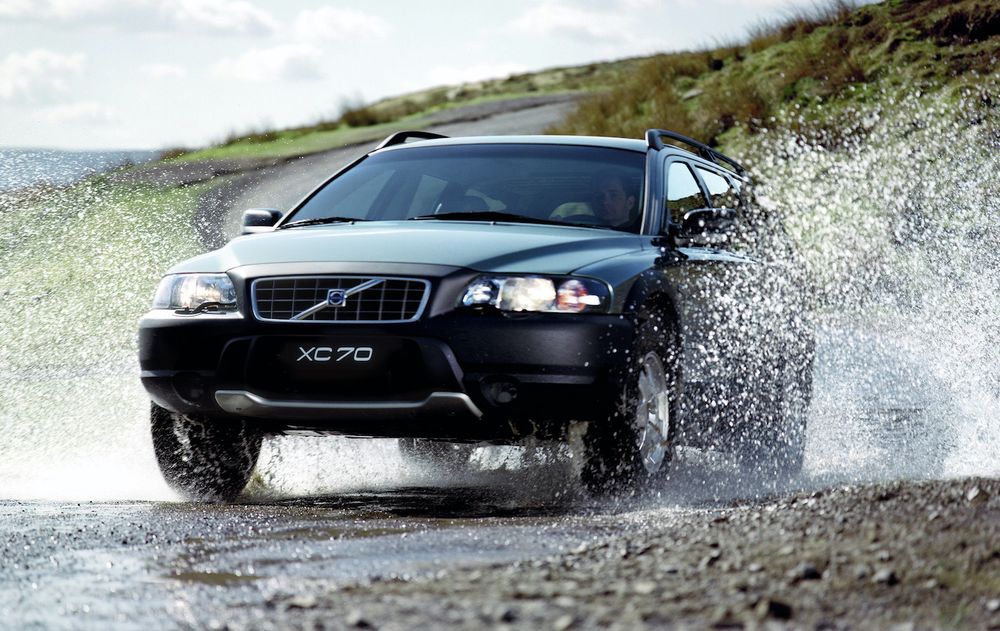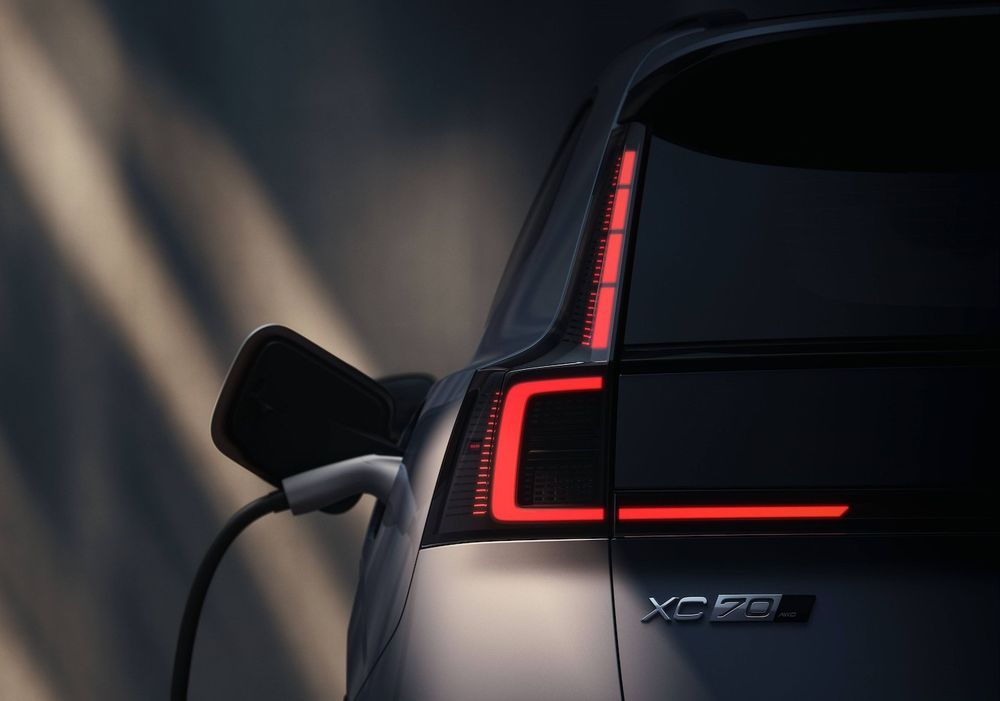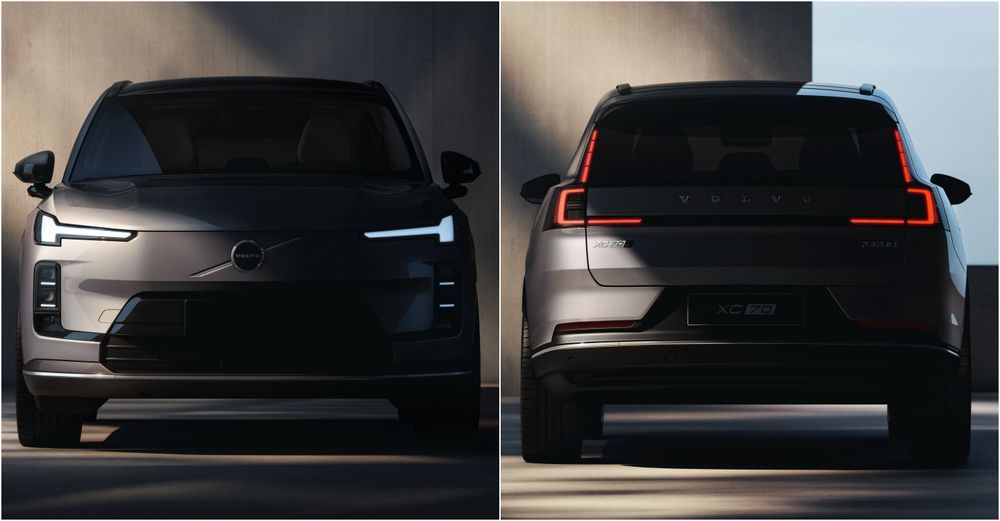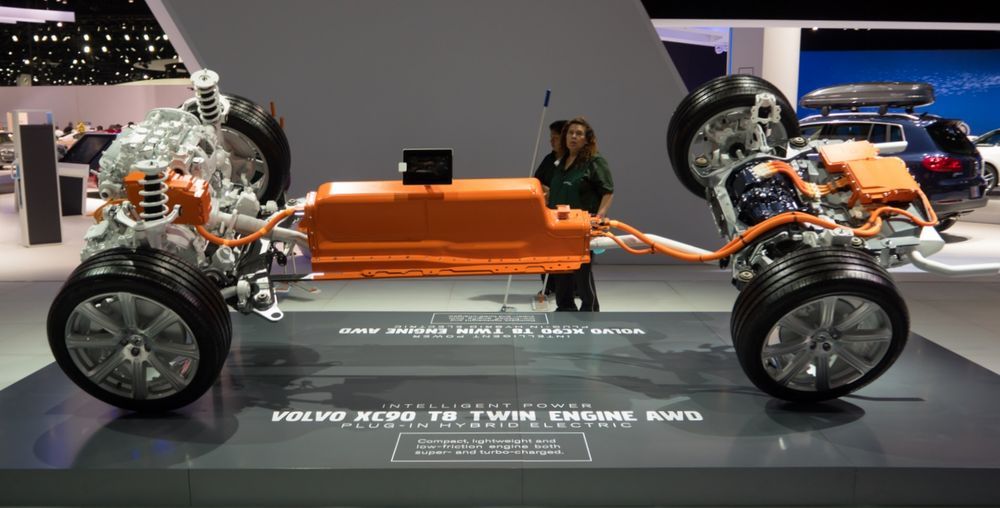Volvo XC70 is back as their first extended-range PHEV - up to 200km EV range, China-only for now
8 days ago
That said, as this standard known for its more favourable range estimates, expect that number to come down a tad once it’s measured against a more real-world accurate scheme such as WLTP.

To watchers of the brand, the ‘XC70’ nameplate should be a familiar one, originally used for the rugged, Cross Country version of the V70 estate in the early 2000s. This new iteration attempts to carry forward that adventurous legacy, although reimagined as a modern, versatile SUV in much the same vein as the larger XC90 and very much sharing similar DNA, at least on the surface.
“The XC70 marks our strategic entry into the extended-range plug-in hybrid segment, a perfect bridge to full electrification,” says Håkan Samuelsson, president and chief executive of Volvo Cars. “It enables us to maintain and develop a balanced product portfolio, while offering a highly attractive alternative to customers who are not yet ready for fully electric cars. This is also an example of regionalisation, where we adapt to the local market needs.”

Built on Volvo’s flexible Scalable Modular Architecture (SMA), the XC70 is designed as luxurious and spacious 5-seat crossover with more robust electrified capabilities that extend beyond their bread and butter, the plug-in hybrid. Design-wise, the new XC70 takes cues from recent Volvo models like the EX90 and updated XC90.
The front end is distinguished by Volvo’s signature Thor’s Hammer LED daytime running lights and matrix LED headlamps, positioned above a bold black grille with active shutters. At the rear, C-shaped taillights sweep into the tailgate and up along the window, emphasizing a refined yet rugged aesthetic. An ‘AWD’ badge on the back confirms that all-wheel drive will be available.
The front end is distinguished by Volvo’s signature Thor’s Hammer LED daytime running lights and matrix LED headlamps, positioned above a bold black grille with active shutters. At the rear, C-shaped taillights sweep into the tailgate and up along the window, emphasizing a refined yet rugged aesthetic. An ‘AWD’ badge on the back confirms that all-wheel drive will be available.

Not only does it appears slightly larger and more spacious than the current XC60, with a sleeker profile and more dynamic stance, but it calls into question whether it will go onto supplant the longstanding model.
While Volvo has kept specific technical details of the XC70’s powertrain under wraps, the RE-PHEV setup suggests that the vehicle’s electric motor—powered by a sizeable battery—will handle primary propulsion, with an internal combustion engine acting as a generator when the battery is nearing depletion. In simpler terms, the closest Malaysians have to such a powertrain comes in the form of the e-POWER or i-MMD e:HEV systems from Nissan and Honda, respectively, where an internal combustion engine is present but isn’t necessarily intended to drive the wheels.

However, in this case, instead of using a relatively small battery, the XC70’s battery should be quite large; perhaps with a good amount more capacity than the 18.8kWh unit in the newest XC90 Ultra T8 PHEV.
We'll have to wait and see what else Volvo has to say about the XC70 as it nears its official launch and expected global rollout, perhaps including Malaysia eventually. However, for now, they're playing their cards close to the chest.
]]>...Read the fullstory
It's better on the More. News app
✅ It’s fast
✅ It’s easy to use
✅ It’s free









